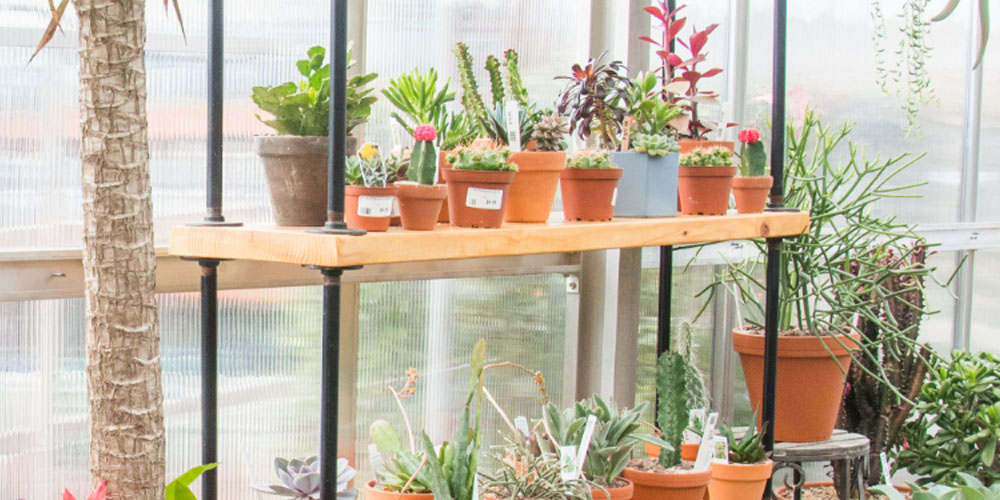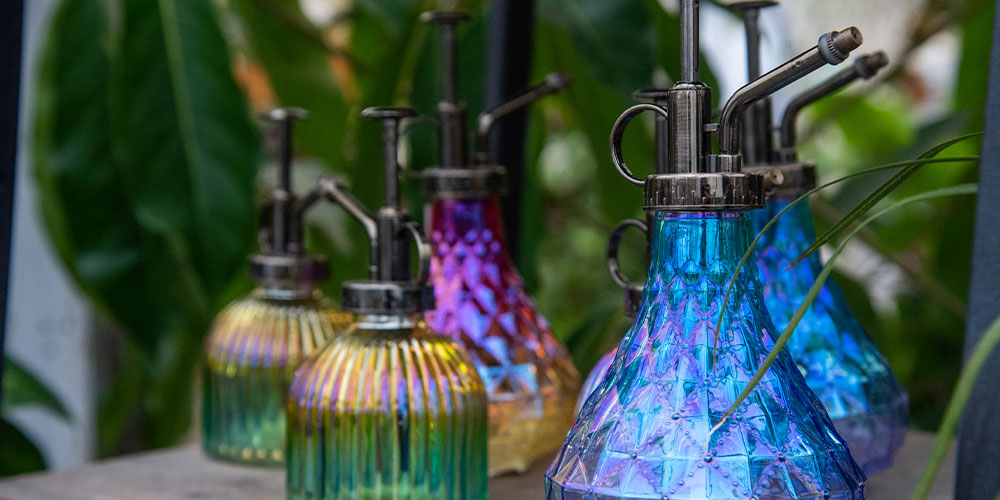A Complete Guide to Houseplant Care in the Winter
November 21, 2022
When it comes to houseplants, you can never have too many!
Baby, it’s cold outside! Winter care for houseplants is different from summer care. As we move closer into the winter season, we’ve rounded up a winter care guide outlining the key changes plant owners should make to keep their houseplants healthy and happy throughout the cold season!
Reduce Water Consumption
Are you bringing your houseplants back indoors for the winter? Reducing the amount of water and the frequency of irrigation will help indoor plants prepare for their dormant period during the winter months. Read how to water in an eco-conscious way here.
Cut Back on Feeding
The nice thing about winter is that you have to water and feed your plant less frequently! Changing the way you nourish your houseplants during this time of year is especially important as you don’t want to facilitate new growth during their dormant period. For this reason, feeding should be reduced during the fall and should be withheld completely during the winter. As soon as you see new growth in the spring, you can resume your regular plant feeding schedule.
Provide Optimal Sunlight and Temperature
Plants may need to be relocated to a brighter spot in your home during winter, such as a west or south-facing window. Make sure the plant receives equal sunlight on all sides by rotating it regularly. A grow light or a fixture may be necessary if you do not have a sufficiently sunny window. Keep plants away from drafty windows, doors leading outside, vents, and heat sources. Placing them too close to these things could shock your plant! If you begin to see signs of leaf drop, this could be an indicator that your environment is too cool, wet, or dark for your houseplant.
Wait Until Spring to Repot
Winter isn’t typically the best time to disturb the roots of your houseplant. Hold off on repotting until spring to repot, as in the winter they are in a dormant, sleepy phase. The best time to repot your houseplants is in mid-summer when they are up and at it again!
Dust Houseplant Leaves
Clean your houseplant foliage often to prevent dust build-up on the leaves. In addition to blocking their pores, dust build-up can also harbor pests. Using a damp paper towel, wipe smooth-leaved plants, supporting the back of the leaf with your other hand. If your plant is fuzzy, or a cacti, you shouldn’t spray it. Instead, try using a toothbrush to nudge out soil and any debris from their crevices. Plants with damaged, yellowing leaves should be pinched out at the base of the stem, and removed from your plant.
Examine Your Houseplants for Pests
The dry air of winter is a perfect living environment for many common plant pests, and plants that are dormant or semi-dormant are more vulnerable to their damages. When dusting your leaves, be sure to examine your houseplant for common pests, such as aphids or spider mites. Treat pest issues as soon as you notice them—before they have the opportunity to cause more damage. A natural insecticide can be applied to send them packing. No one’s living rent-free in this house!
Prune Your Houseplants
To keep your plants looking healthy inside the home, give them an optimal pruning every now and then during the winter. Nobody wants to be sitting in their living room looking at dreary yellow foliage falling off of a houseplant. Rather than wasting energy on dead leaves, your plant will be able to focus its nutrients towards nourishing the healthy leaves instead.
Monitor Humidity
We already discussed the importance of temperature for your houseplants, but humidity is another game all on its own. As a result of the cold, the natural moisture levels in your home aren’t as abundant in the winter. Furthermore, your furnace heats the air in your home, causing the relative humidity to decrease even further. The winter months are dry, so you’ll want to run a humidifier close to your plants. If your houseplant’s leaf edges become brown, it’s a signal that the air is too dry and it needs more humidity!
Keeping your houseplants healthy through the winter is easy once you know the tips of the trade. Visit us at Primex Garden Center in Glenside today for more winter houseplant care tips.


